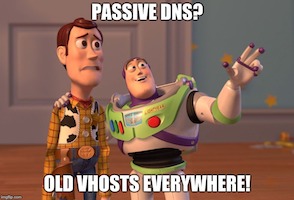I published the following diary on isc.sans.edu: “The Challenge of Managing Your Digital Library”: How do you manage your digital library on a daily basis? If like me, you are receiving a lot of emails, notifications, tweets, [name your best technology here], they are chances that you’re flooded by tons



